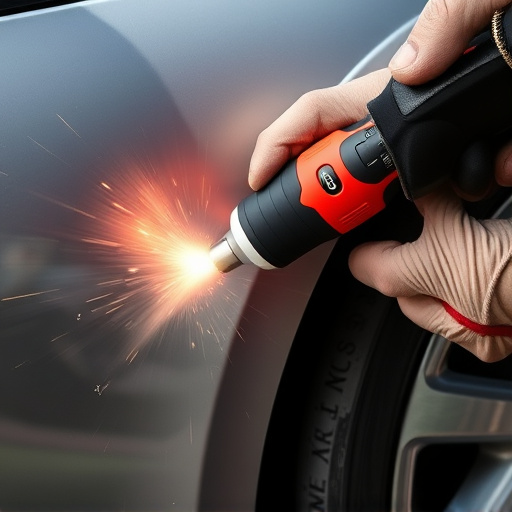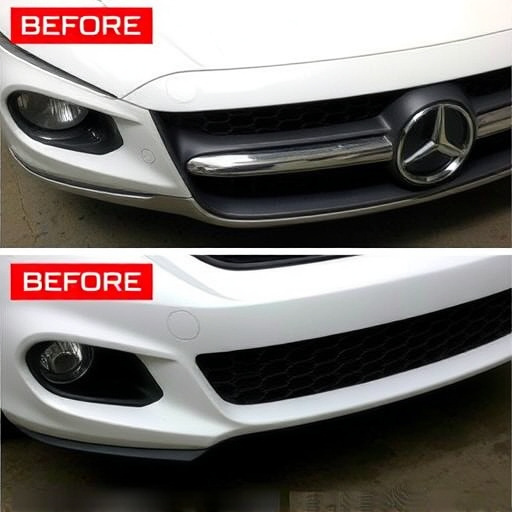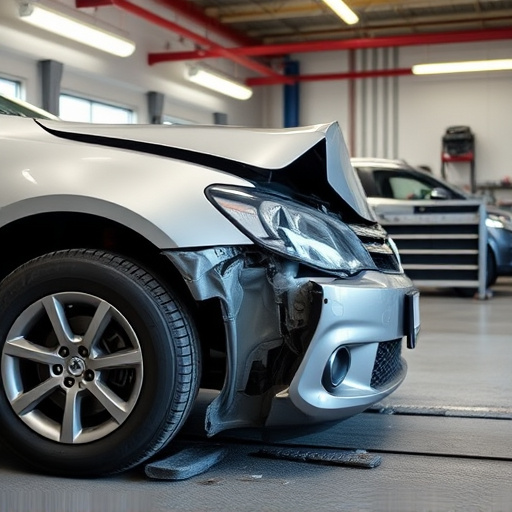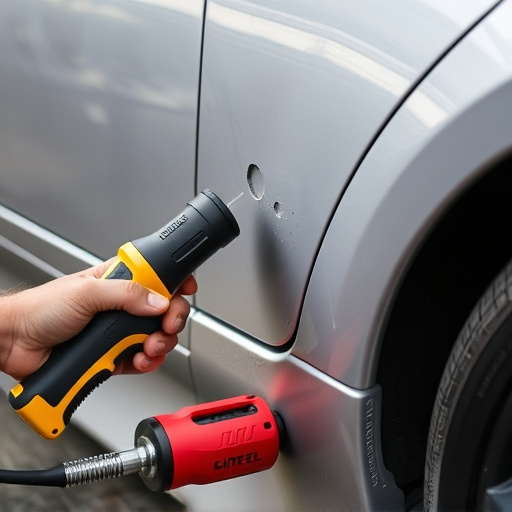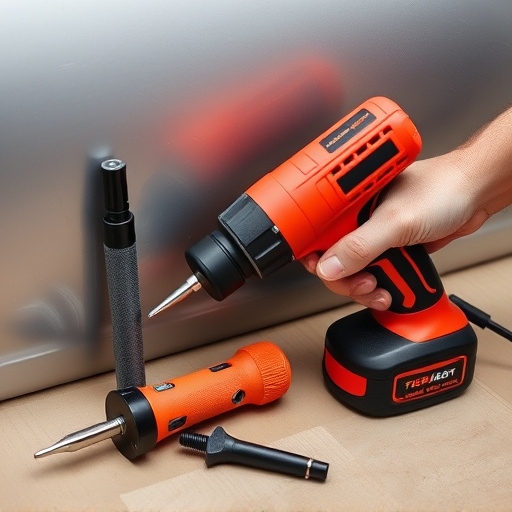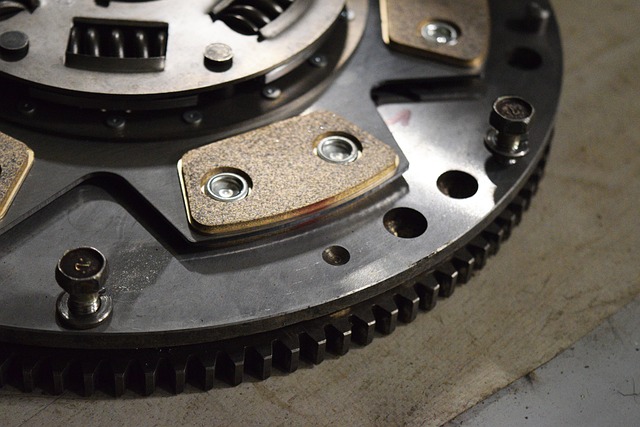Before repairs, understand your structural repair warranty coverage and exclusions. Keep detailed records of all vehicle maintenance and repairs for warranty validity. Adhere to manufacturer recommendations for regular maintenance to maximize warranty validity and protect your investment.
Maintaining your home or property’s repairs is crucial for preserving its value and ensuring a valid structural repair warranty. This guide offers essential tips to help you navigate post-repair care, ensuring long-lasting protection. Start by understanding the scope of your warranty coverage and any exclusions. Document every repair meticulously, keeping detailed records. Promptly adhere to manufacturer maintenance recommendations to prevent voiding your warranty. These steps are vital for safeguarding your investment and avoiding costly future repairs.
- Understand Coverage Limits and Exclusions
- Document Repairs and Keep Records Updated
- Follow Manufacturer's Maintenance Recommendations Promptly
Understand Coverage Limits and Exclusions

Before diving into the specifics of maintaining repairs to keep your structural repair warranty valid, it’s crucial to understand the coverage limits and exclusions detailed in your policy. Every structural repair warranty isn’t created equal; some may only cover specific types of damage while others might exclude certain procedures or materials. For instance, a standard car collision repair warranty might not encompass cosmetic adjustments or parts that aren’t directly related to structural integrity following a fender bender or more severe car collision repair.
Paying attention to these nuances is essential. Always review your policy documentation carefully and clarify any ambiguities with your provider. Knowing what’s covered and what isn’t will not only help you avoid voiding your warranty but also ensure you’re making informed decisions when it comes to maintaining and repairing your vehicle, whether at a collision center or through independent technicians.
Document Repairs and Keep Records Updated
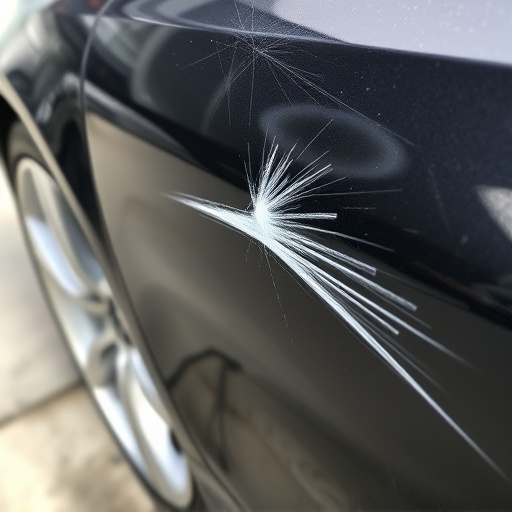
Maintaining a detailed record of all repairs is essential for upholding a structural repair warranty. When any issues or damages occur, whether it’s a minor fix or a more significant automotive restoration, document every step taken to rectify the problem. This includes noting down the date, the specific parts replaced, and the labor hours spent on the car damage repair. Create a comprehensive log that can serve as proof of your efforts to maintain the warranty.
Regularly updating these records is crucial. After each repair, review and update your documentation. This ensures you have an accurate account of all work done, making it easier to track potential future issues and providing clear evidence of your commitment to proper collision repair and maintenance practices.
Follow Manufacturer's Maintenance Recommendations Promptly

One of the most effective strategies to maintain your structural repair warranty is to adhere strictly to the manufacturer’s maintenance recommendations. These guidelines are developed based on extensive research and testing, ensuring that your vehicle remains in optimal condition. Prompt attention to scheduled services, such as oil changes, tire rotations, and filter replacements, can prevent minor issues from escalating into more significant problems, which could void your warranty.
A reliable collision repair shop or automotive restoration center can help you stay on top of these maintenance tasks. Their specialized collision repair services are designed to keep your vehicle’s structural integrity intact while ensuring that all repairs meet the manufacturer’s standards. By trusting experienced professionals for both initial repairs and ongoing maintenance, you maximize the validity of your structural repair warranty and safeguard your investment.
Maintaining your repairs is crucial for keeping your structural repair warranty valid. By understanding coverage limits, documenting each step, and adhering to manufacturer recommendations, you ensure that any issues are addressed promptly and effectively. This not only protects your investment but also guarantees the longevity of your property. Remember, proper care and timely action are key to avoiding costly surprises down the line.
